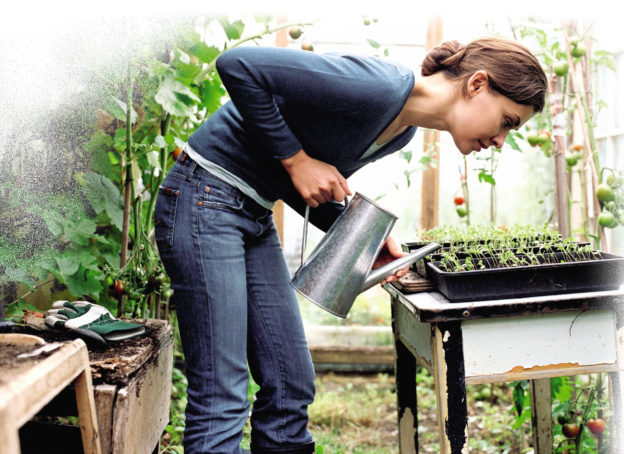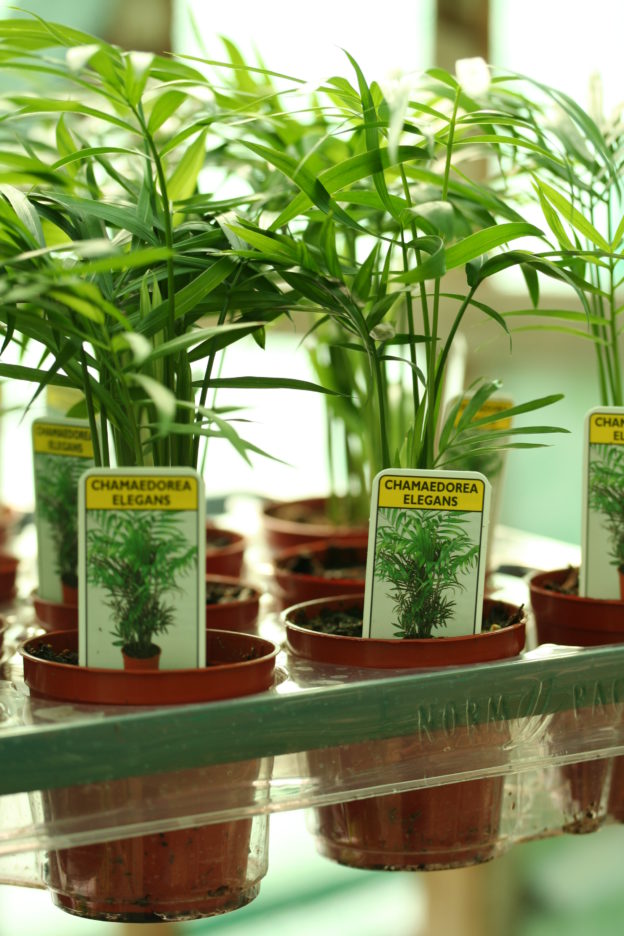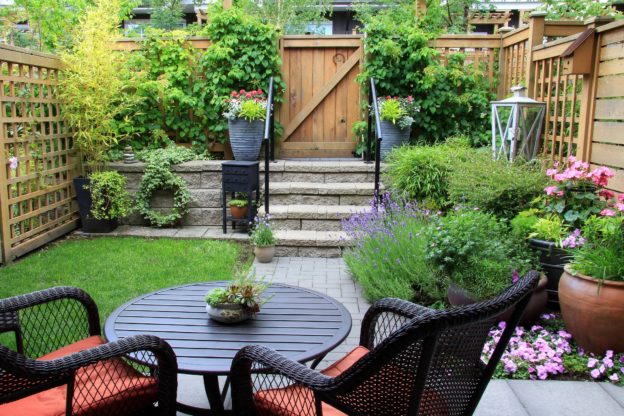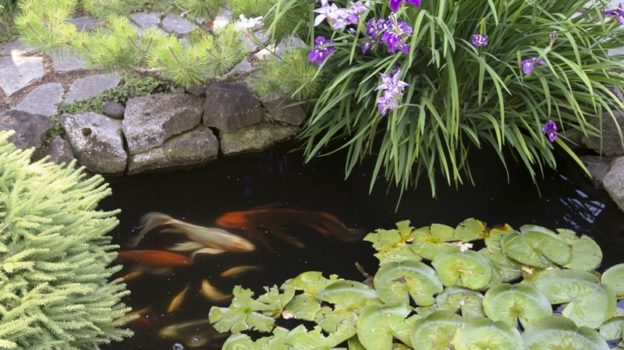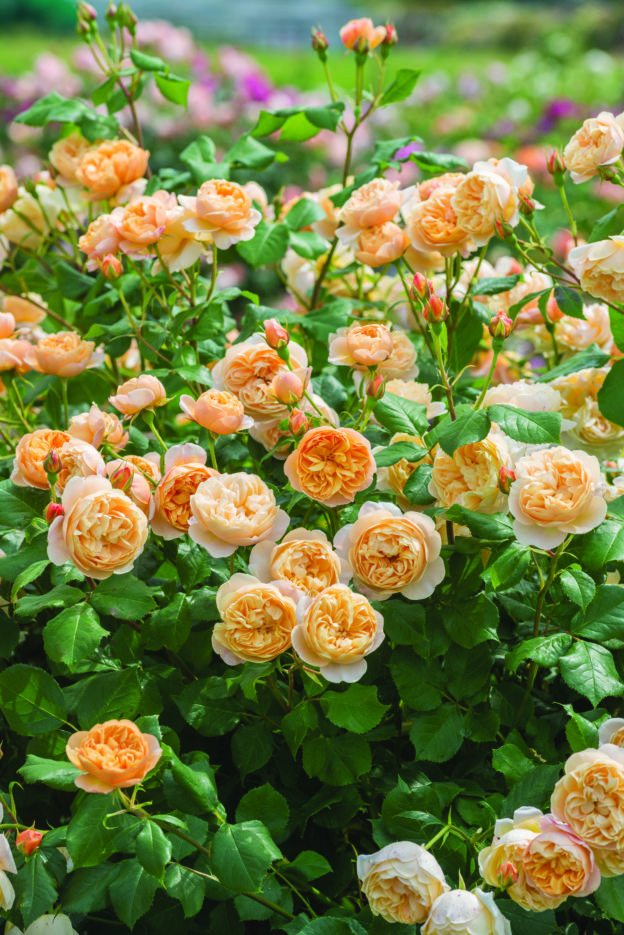Entertaining outside – our guide
Hosting in the Holidays
You have inevitably spent the past few months labouring over your garden and making it look beautiful. As the weather continues to be fine into July, finally it is time to reap the benefits of your hard work.
Summer is the perfect time to host dinners and parties outside with friends and family. Follow these tips to create a warm, inviting and enjoyable space to share with people this summer!
The garden essentials
- Clear up; although it’s an obvious step, it can make a huge difference! Simply sweeping away leaves, removing any rubbish and hoeing out a few weeds in the patio can smarten up the whole space. If you have a pressure washer it would be great to use that on a patio area or dirty walls, although a sponge and hose will often do the job. Small things such as washing the dirt and muck off pots with warm soapy water will also help!

2. Shape up; trim hedges or any overgrown plants to make them look tame. Be sure to clear any pathways to prevent any unwanted trips or slips!
3. Lawn care; hopefully the effort that you have put into your lawn this year has paid off! In this weather it is necessary to mow the lawn regularly, as often as twice a week. This will keep it in good condition and ready for any spontaneous entertaining! Now is also the perfect chance to add a summer fertiliser feed to your lawn to promote high quality growth.
4. A lick of paint; does your fence, furniture or wooden patio look a little bit worse for wear? A lick of paint or varnish can give it a new lease of life. However it might be time to treat yourself to a new set of garden furniture!
Planting
 5. Add some colour; if you don’t already have sufficient colour in your garden, why not simply add a few roses. These are always attractive and should last you through the summer! Another instant solution for patios is to fill some nice pots with colourful bedding plants that are in flower at the moment. We have a huge range of these and a variety of colours to choose from in store. These can also be planted along borders to add colour without pots!
5. Add some colour; if you don’t already have sufficient colour in your garden, why not simply add a few roses. These are always attractive and should last you through the summer! Another instant solution for patios is to fill some nice pots with colourful bedding plants that are in flower at the moment. We have a huge range of these and a variety of colours to choose from in store. These can also be planted along borders to add colour without pots!
 6. Go bold and make a statement; maybe your garden is lacking interest this year. A great way to add another dimension and really make a statement is to add a large or unusual ornament! Alternatively you could plant an interesting plant in a pot as a centrepiece. We would recommend a stunning Japanese maple (acer) that your guests won’t be able to miss!
6. Go bold and make a statement; maybe your garden is lacking interest this year. A great way to add another dimension and really make a statement is to add a large or unusual ornament! Alternatively you could plant an interesting plant in a pot as a centrepiece. We would recommend a stunning Japanese maple (acer) that your guests won’t be able to miss!
Creating the perfect space
Everyone wants their garden to be a sanctuary in summer that they, and equally their guests, love to spend time in.

1. Furniture; furniture is of course an essential if you want to host and even spend time in your garden. Pick furniture that suits your garden and has the capacity to seat your usual number. Pair your furniture with an umbrella and create a space that can be used both in the heat of the day and then later on in the evening.
2. Accessorise; it is a much better idea to buy sturdy and long lasting furniture over flouncy and flimsy furniture. However this doesn’t mean that it can’t look great! The addition of cushions and throws can quickly make a simple furniture set look elegant and colourful!
 3. Atmosphere is essential; lights in the garden add so much ambience. Invest in some solar lights, these really are an investment as they are completely free to run and there’s no cost of buying batteries! Place these strategically to light areas of interest, maybe beneath your favourite tree and along paths to guide the way!
3. Atmosphere is essential; lights in the garden add so much ambience. Invest in some solar lights, these really are an investment as they are completely free to run and there’s no cost of buying batteries! Place these strategically to light areas of interest, maybe beneath your favourite tree and along paths to guide the way!
4. Night scent; are you hoping to spend evenings in your garden? Plant some honeysuckle which is fragrant through the night!
5. Bringing your kitchen outside; another great idea for a BBQ fan is to fun to plant some herbs near the BBQ area. They create a brilliant aroma and they are within reach to try some interesting herb combinations on the BBQ.
6. Make it fun! Read our blog post about our high quality fun lawn games that you can play with guests!
 1. Reduce water loss by mulching to trap the water and hoeing to break up the soil.
1. Reduce water loss by mulching to trap the water and hoeing to break up the soil. 1. Give fruit plants a good soaking in any dry spells, especially those with swelling fruits such as apples.
1. Give fruit plants a good soaking in any dry spells, especially those with swelling fruits such as apples.
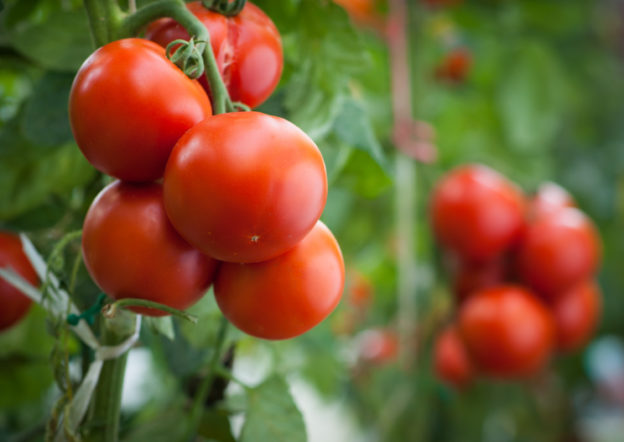
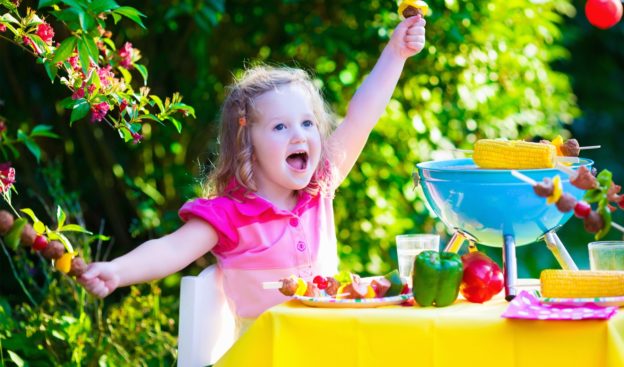

 5. Add some colour; if you don’t already have sufficient colour in your garden, why not simply add a few roses. These are always attractive and should last you through the summer! Another instant solution for patios is to fill some nice pots with colourful bedding plants that are in flower at the moment. We have a huge range of these and a variety of colours to choose from in store. These can also be planted along borders to add colour without pots!
5. Add some colour; if you don’t already have sufficient colour in your garden, why not simply add a few roses. These are always attractive and should last you through the summer! Another instant solution for patios is to fill some nice pots with colourful bedding plants that are in flower at the moment. We have a huge range of these and a variety of colours to choose from in store. These can also be planted along borders to add colour without pots! 6. Go bold and make a statement; maybe your garden is lacking interest this year. A great way to add another dimension and really make a statement is to add a large or unusual ornament! Alternatively you could plant an interesting plant in a pot as a centrepiece. We would recommend a stunning Japanese maple (acer) that your guests won’t be able to miss!
6. Go bold and make a statement; maybe your garden is lacking interest this year. A great way to add another dimension and really make a statement is to add a large or unusual ornament! Alternatively you could plant an interesting plant in a pot as a centrepiece. We would recommend a stunning Japanese maple (acer) that your guests won’t be able to miss!
 3. Atmosphere is essential; lights in the garden add so much ambience. Invest in some solar lights, these really are an investment as they are completely free to run and there’s no cost of buying batteries! Place these strategically to light areas of interest, maybe beneath your favourite tree and along paths to guide the way!
3. Atmosphere is essential; lights in the garden add so much ambience. Invest in some solar lights, these really are an investment as they are completely free to run and there’s no cost of buying batteries! Place these strategically to light areas of interest, maybe beneath your favourite tree and along paths to guide the way!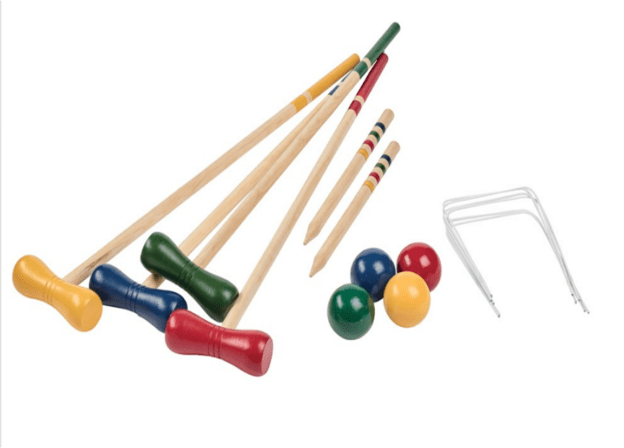
 Croquet set; Not only is croquet one of the most traditional English Lawn games, but it is also hugely entertaining. Simply get all of the balls through the hoops before your opposition, in reality not as simple as it sounds! A classic family game for up to four players! (£30.00)
Croquet set; Not only is croquet one of the most traditional English Lawn games, but it is also hugely entertaining. Simply get all of the balls through the hoops before your opposition, in reality not as simple as it sounds! A classic family game for up to four players! (£30.00) Quoits; Quoits is a great lawn game that tests accuracy and becomes competitive very quickly! With easy to follow rules it is perfect for families with younger children and can be played as teams or individuals. Simply throw your rope hoop over the wooden sticks from the established distance and get the number of points marked below the stick you managed to get the hoop over! (£12.00)
Quoits; Quoits is a great lawn game that tests accuracy and becomes competitive very quickly! With easy to follow rules it is perfect for families with younger children and can be played as teams or individuals. Simply throw your rope hoop over the wooden sticks from the established distance and get the number of points marked below the stick you managed to get the hoop over! (£12.00) Giant Tic Tac Toe; The fun of noughts and crosses on a giant scale! Enjoy this simple game on the lawn by laying out the large rope marker and playing as with the wooden noughts and crosses. (£33.00)
Giant Tic Tac Toe; The fun of noughts and crosses on a giant scale! Enjoy this simple game on the lawn by laying out the large rope marker and playing as with the wooden noughts and crosses. (£33.00) Wooden Tumbling Tower; An excellent game for families of all ages and those with younger children. Assembling the tower before the game is equally as fun as tactfully removing the bricks one at a time until the ‘loser’ causes the whole structure to collapse! (£45.00)
Wooden Tumbling Tower; An excellent game for families of all ages and those with younger children. Assembling the tower before the game is equally as fun as tactfully removing the bricks one at a time until the ‘loser’ causes the whole structure to collapse! (£45.00) Deluxe Flying Ring; a great toy for children to play with in the garden practising their accuracy and trying to learn the skill of throwing a flying ring! (£4.50)
Deluxe Flying Ring; a great toy for children to play with in the garden practising their accuracy and trying to learn the skill of throwing a flying ring! (£4.50)